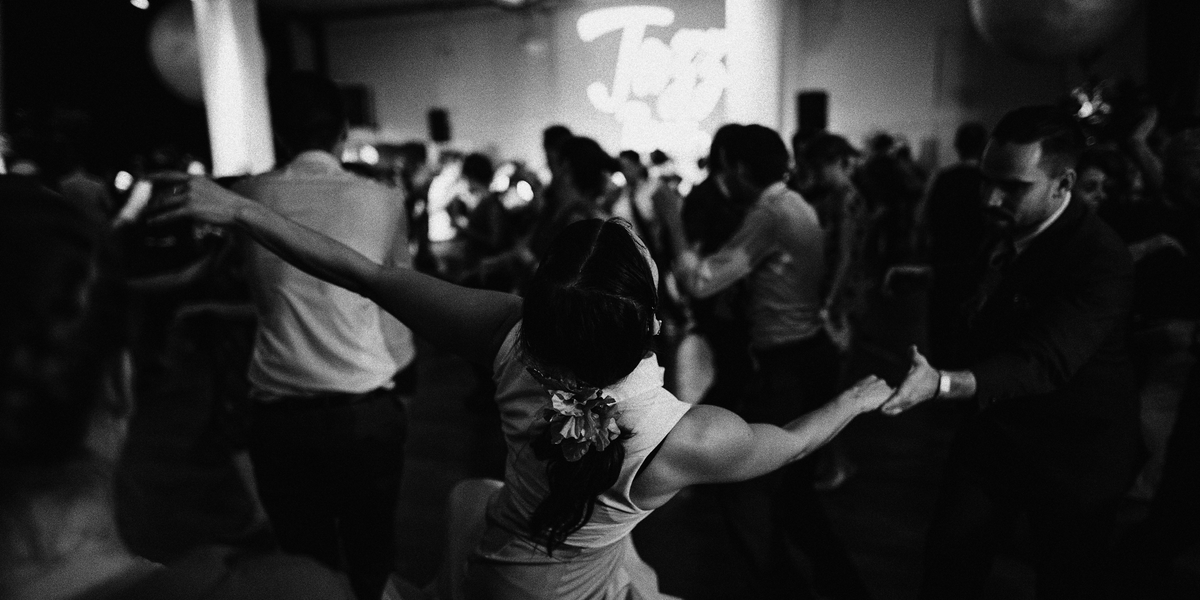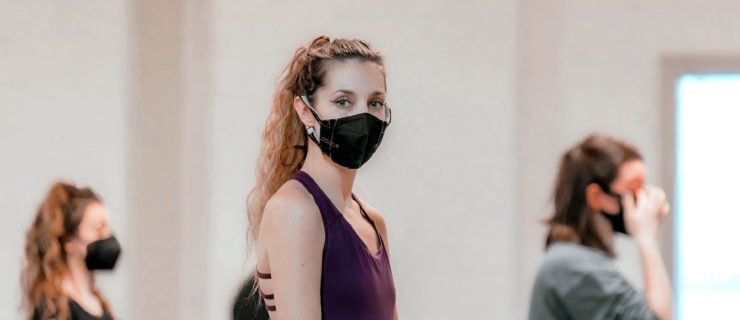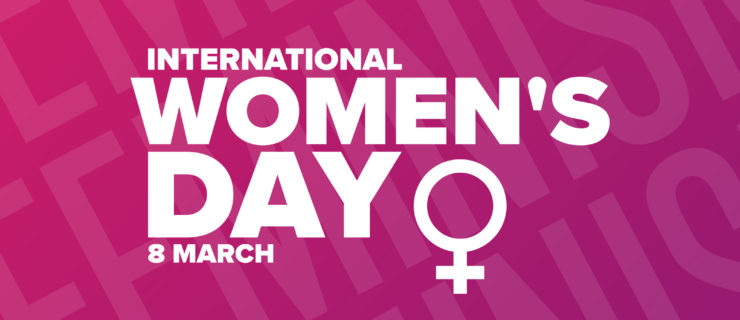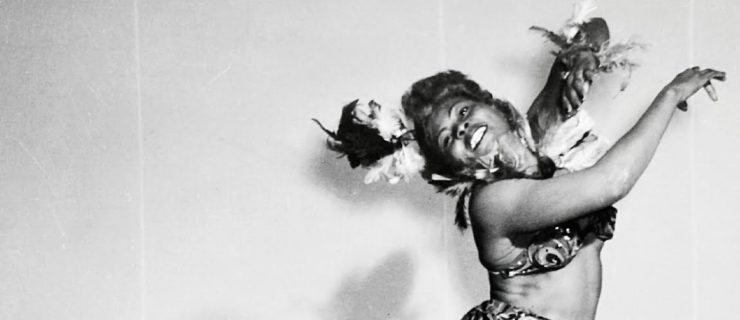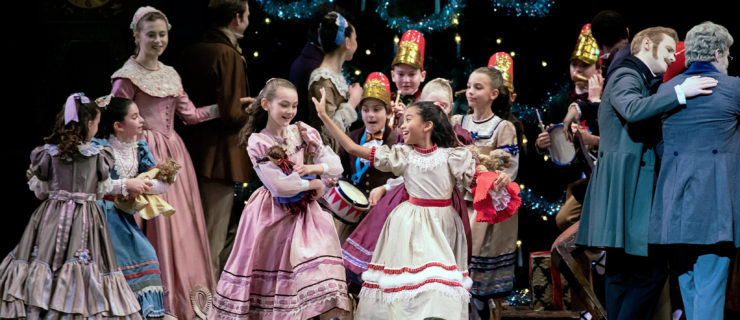How Social Dance Can Benefit Your Training—and Your Humanity
The COVID-19 pandemic and the ongoing struggle with systemic racism have shaken the dance world. Now more than ever, connection, empathy, and activism must be cultivated in dance settings. And one of the best ways to do that is through social dance forms, which come out of rich and diverse cultural traditions. “It’s one of the ways we heal the discrimination, the injustice, the fear,” Abdiel Jacobsen, former principal with Martha Graham Dance Company, says of his social dance experience. Here’s how social dance can benefit studio dancers as both artists and humans.
What Is Social Dance?
Social dance forms weren’t made for stages, but were instead created in streets and clubs, often by members of oppressed communities, as a means of expression and communication. Examples include salsa, swing dance, hustle, and samba, though there are many more. “Social dances tell a story about history, culture, and social justice,” explains Francine E. Ott, a lecturer at North Carolina State University, whose work blends hip hop, house, and African diasporic dance. “These dances are a voice of the people.”

Abdiel Jacobsen and Kristine Bendul (Christopher Jones, courtesy Jacobsen)
Finding Comfort in Your Identity
Social dance styles tend to emphasize community building over conformity in the pursuit of different aesthetics. That kind of learning environment can help studio dancers gain a greater self-appreciation. Lindy Hop dancer and teacher Evita Arce, for example, knew she didn’t want a future in ballet, so she thought she couldn’t be a professional dancer. Her professional career, she recalls, “almost happened by accident, because I just kept doing what I loved.”
When dancers feel comfortable being their fullest selves, they might also discover more space to challenge societal norms. Jacobsen worked professionally in both the modern dance and ballroom worlds and often faced microaggressions in those environments. But he found acceptance in social dance: “Hustle was the first social partner-dance community where I finally didn’t have any fear about my race, my sexuality, or my effeminacy.” Buoyed by that support, he and his dance partner, Kristine Bendul, became the first male/female duo to compete professionally as a gender-neutral couple in DanceSport, with each swapping roles of leader and follower equally.
Gaining Skills and Agency
Many studio dancers, accustomed to following highly specific instructions, panic when asked to improvise. But living in the moment is inherent in social dance, where you’re often responsible for a partner, or for the community energy. It’s a space where vulnerability occurs organically—and that can have real benefits for your dancing overall. “I have students who want all of the information instead of being in the moment and understanding that learning within the social context is creativity,” Ott says. She tells her students, “If your voice is louder in your head than me and the music, you’re not engaging with what’s happening in the space.”
Partner-based social forms are especially useful for helping dancers develop confidence and spontaneity. When you’re leading or following a partner, “the decision-making part of your brain has to become really adaptable and flexible,” Arce says. Those skills can help you make stronger choices in improvisational moments and choreographic processes.

Francine E. Ott (J. Douglas Knight, courtesy Ott)
Embodying History
Understanding the history of social dance forms helps dancers become better-informed artists and humans. “Swing dancing is American history,” Arce says. “Its roots are in slavery and the migration of Black people going up to the northern cities seeking freedom.” Similarly, Jacobsen discusses the birth of the hustle at the intersection of the Stonewall Riots, civil rights movement, and the end of the Vietnam War. “There was so much oppression in the ’60s, and the ’70s was about breaking it all down—this idea of freedom and liberation,” he says. “When you learn hustle, it’s so expansive and wide because that’s what it was expressing.”
It’s important to consider that many styles taught in studio settings have roots in social dance, too. Hip hop and tap, for example, are largely influenced by, and can be considered, social dance forms. But in studios, these classes are often taught facing the mirror, with little to no interaction between dancers, and little to no mention of the styles’ rich histories. Seek out teachers and resources who can help you better understand the context in which these forms developed. “You shouldn’t learn a dance without understanding its social setting,” Ott says.
Dancers who experience social dance forms will step into the future with new skills, a stronger desire to connect, and a better understanding of how oppressive histories have infiltrated our spaces. And they can use all of that to help the dance industry—and the world—move forward.

Arce performing at a social dance event (Byron Hon, courtesy Arce)
Social Dancing While Social Distancing
Social dance forms, particularly partnered styles, have inevitably been impacted by COVID-19. While dancers may be able to stay six feet apart for certain classes, that’s not possible for social partner forms. Cue the creative solutions!
Arce and her dance partner, Michael Jagger, started an online Lindy Hop community and education library called Syncopated City back in 2015. During the pandemic, they’ve found innovative ways to deal with the fact that not everyone is quarantined with a partner: “We started to use stretchy bands, or walls or doorknobs, to replicate the feeling of working off something,” Arce says. They’ve also been holding discussions on Instagram to reinforce that while the physical practice of partner dancing may look different during lockdown, the form can still be studied.
Jacobsen has been going live weekly on Instagram for “Hustle Monday Disco,” in which he dances solo and then invites others to submit videos of themselves dancing to the same song. He and Bendul have also been working on projects in which partner dances are adapted virtually, with cues taken from an onscreen partner. Jacobsen hopes dancers will eventually return to their IRL spaces with a greater sense of care for their communities: “I believe this is a chance, if we really honor it, to respect life more.”
